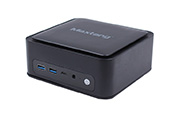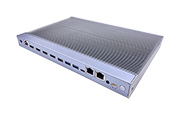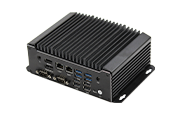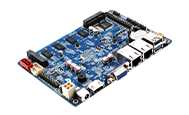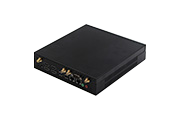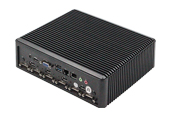I,ARM and x86
Both x86 and ARM are architectures for CPU design. x86 uses a complex instruction set, while ARM uses a reduced instruction set.
Instruction set is essentially machine code, with assembly language on top, and programming languages like Java, C, and C# above that.
A complex instruction set involves a larger number of hardware-designed instructions, making programming simpler. In contrast, a reduced instruction set has fewer hardware-designed instructions, leading to more complex programming.
Aside from the difference in instruction sets, the design principles and application scenarios of x86 and ARM also differ.
ARM's hardware framework is more integrated and lacks 'bridges,' so its scalability is limited. This means that switching hardware platforms requires redesigning. However, it has low power consumption, making it ideal for mobile devices.
The x86 architecture is extensive, well-developed, and has a long history. Therefore, it has many third-party software options and is widely portable across various computer systems, making it highly versatile. It is commonly used in desktops and servers.
Intel is a major proponent of x86, often associated with Windows, dominating the PC market. ARM was initially aligned with Linux for embedded systems, but with the rise of Android, it has found renewed vigor in the mobile sector.
II,x86 and x64
x86 and x64 architectures refer to two widely-used instruction set architectures (ISAs) created by Intel and AMD. An ISA specifies how machine code behaves and defines how software controls the CPU. It serves as the interface between hardware and software, outlining what the CPU can do and how it does it.
What is the x86 architecture?
x86 is an ISA for computer processors originally developed by Intel in 1978. The x86 architecture is based on Intel's 8086 processor (hence the name) and its 8088 variant. Initially designed for 16-bit processors, it later evolved into a 32-bit instruction set.
The term 'bit' denotes how much information a CPU can process per cycle. For example, a 32-bit CPU can transfer up to 32 bits of data per clock cycle.
Due to its versatility across nearly any computer, from laptops to home PCs and servers, the x86 architecture gained popularity among numerous processor manufacturers.
One significant limitation of the x86 architecture is its maximum support for 4096MB of RAM. With a total combination of 2^32 (4,294,967,295), 32-bit processors can address up to 4.29 billion memory locations, each storing one byte of data, equivalent to roughly 4GB of accessible memory. Today, the term 'x86' refers to any 32-bit processor capable of running x86 instruction sets.
The x64 architecture can utilize a total of 2^64 bytes, equivalent to 16 exabytes (16EB) of memory. Its higher resource utilization makes it suitable for powering supercomputers and machines that require access to vast resources. Additionally, x64 architecture allows the CPU to process 64-bit data per clock cycle, far surpassing x86 capabilities.
x86 vs x64
While both architectures are based on 32-bit sets, they differ significantly in key aspects, making them suitable for different purposes. The main differences lie in the amount of data processed per clock cycle and the width of the processor's registers. There are significant differences between the x86 and x64 instruction set architectures. Processors store frequently used data in registers for quick access. The 32-bit x86 architecture has 32-bit registers, whereas the 64-bit x64 architecture has 64-bit registers. Consequently, the x64 architecture allows the CPU to store more data and access it faster. The register width also determines the amount of memory the computer can utilize.
Feature | x86 | x64 |
ISA | Introduced in 1978 | Introduced in 2000 |
Manufacturer | Intel | AMD |
Based on Processor | Intel 8086 processor | Originated as an extension of the x86 architecture |
Bit Size | 32-bit | 64-bit |
Addressable Space | Maximum 4GB (actual usable memory 3.2GB) | Maximum 16EB |
Speed | Relatively slower and weaker | Allows high-speed processing of large integer sets, inherently faster than x86 |
Data Transfer | Sends 32 bits in parallel via a 32-bit bus | Transfers larger data blocks in parallel via a 64-bit data bus |
Registers | Stores large amounts of data in fewer registers | Utilizes more registers to split and store data |
Application Support | Supports both 64-bit and 32-bit applications and programs | Does not support 64-bit applications and programs |
OS Support | Windows XP Professional, Windows Vista, Windows 7, Windows 8 | Windows 10, Linux, Mac OS |
x86 and x64 Applications and Limitations
Due to their differing functionalities and variations in resource access, speed, and processing capabilities, each architecture is used for different purposes:
x86:
● Many PCs worldwide still operate on x86-based operating systems and CPUs.
● Commonly used in gaming consoles.
● The cloud computing sector still relies on x86 architecture.
● Older applications and programs typically run on the 32-bit architecture.
● Suited for emulation purposes.
● 32-bit remains the preferred choice in audio production due to compatibility with older audio devices.
x64:
● Increasingly, PCs are equipped with 64-bit CPUs and operate on x64-based operating systems.
● All modern mobile processors utilize x64 architecture.
● Powering supercomputers.
● Used in video game consoles.
● Virtualization technologies are based on x64 architecture.
● Better suited for newer game engines due to faster speed and improved performance.
x86 or x64: Which is Better?
While both x86 and x64 have their advantages, the future won't tolerate limitations, meaning x86 will eventually see little use or be completely phased out. Additionally, x64 offers faster speeds, can allocate more RAM memory, and has parallel processing capabilities via its 64-bit data bus, making it a better choice between the two architectures.
When choosing the type of operating system to install, it's best to opt for a 64-bit operating system as it can run both 32-bit and 64-bit software simultaneously. On the other hand, x86-based operating systems only run 32-bit software.
Overall, x64 is much more powerful than x86, utilizing all installed RAM, providing more disk space, faster bus speeds, and overall better performance.
III,Intel and AMD
Intel and AMD have a deep history intertwined in the development of x86 and x86-64 architectures. Initially, Intel pioneered the x86 architecture, followed by AMD acquiring the licensing rights to produce x86 processors independently.
When Intel transitioned to 64-bit computing, they introduced the IA-64 (Itanium) architecture, which was incompatible with x86 and received poor market response. AMD then pioneered the x86-64 architecture, a hybrid 32-bit and 64-bit architecture compatible with existing x86 software. This innovation, also known as AMD64, gained significant traction.
Subsequently, Intel obtained the licensing rights to produce x86-64 processors as well, leading to the coexistence of AMD64 and Intel's x86-64 architecture. Due to AMD's earlier development, x86-64 is often referred to as AMD64.
Today, Intel and AMD are the world's largest manufacturers of x86 and x86-64 CPUs, with Intel holding a dominant position. While there are a few smaller companies with x86 licensing rights, such as VIA, their technical capabilities are generally considered mediocre compared to Intel and AMD.
IV,CPU and GPU
The CPU (Central Processing Unit) is a highly integrated circuit that serves as the computational and control core of a computer. Its primary functions include interpreting computer instructions and processing data within computer software.
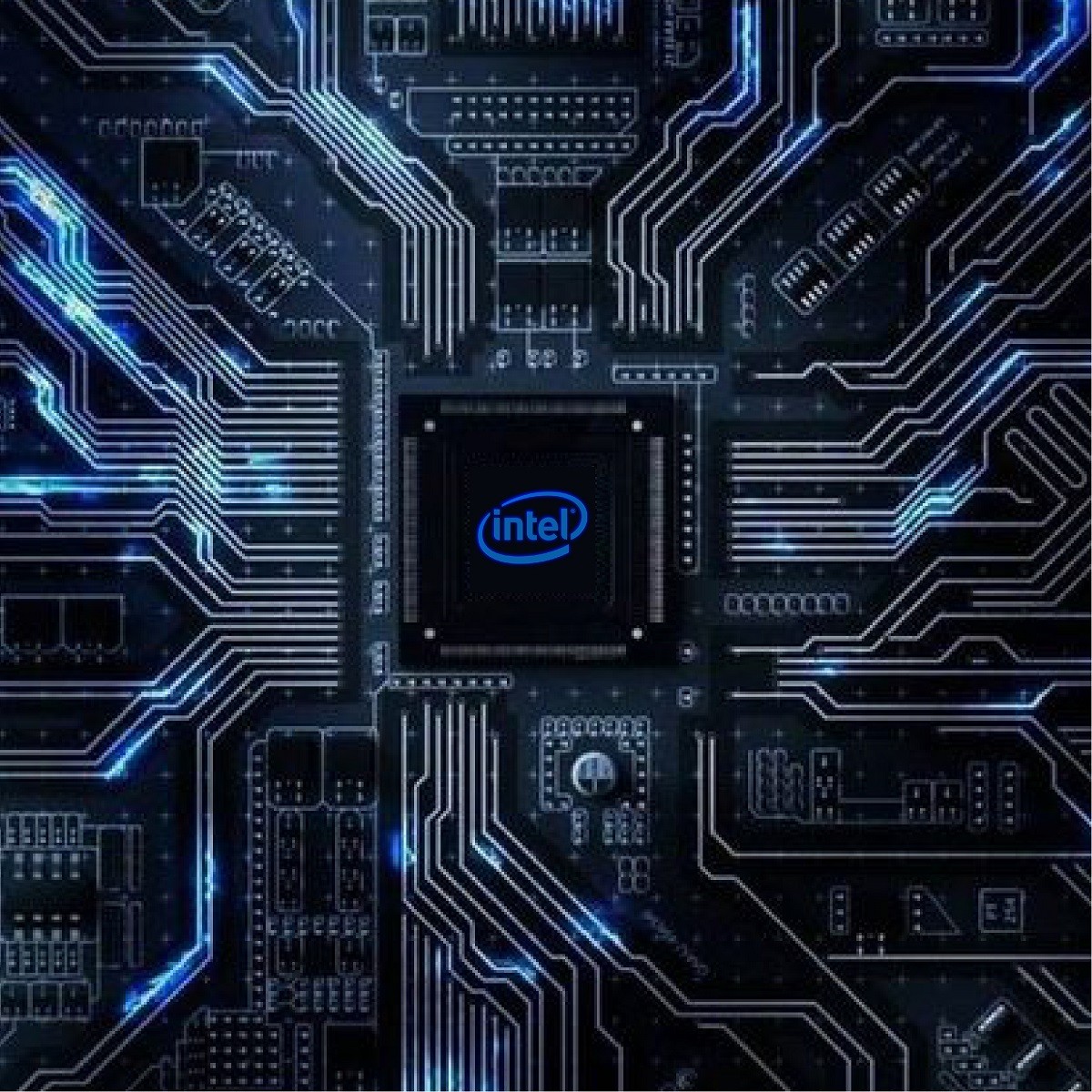
A GPU (Graphics Processing Unit) is a specialized microprocessor that handles image computations on personal computers, workstations, gaming consoles, and some mobile devices such as tablets and smartphones.
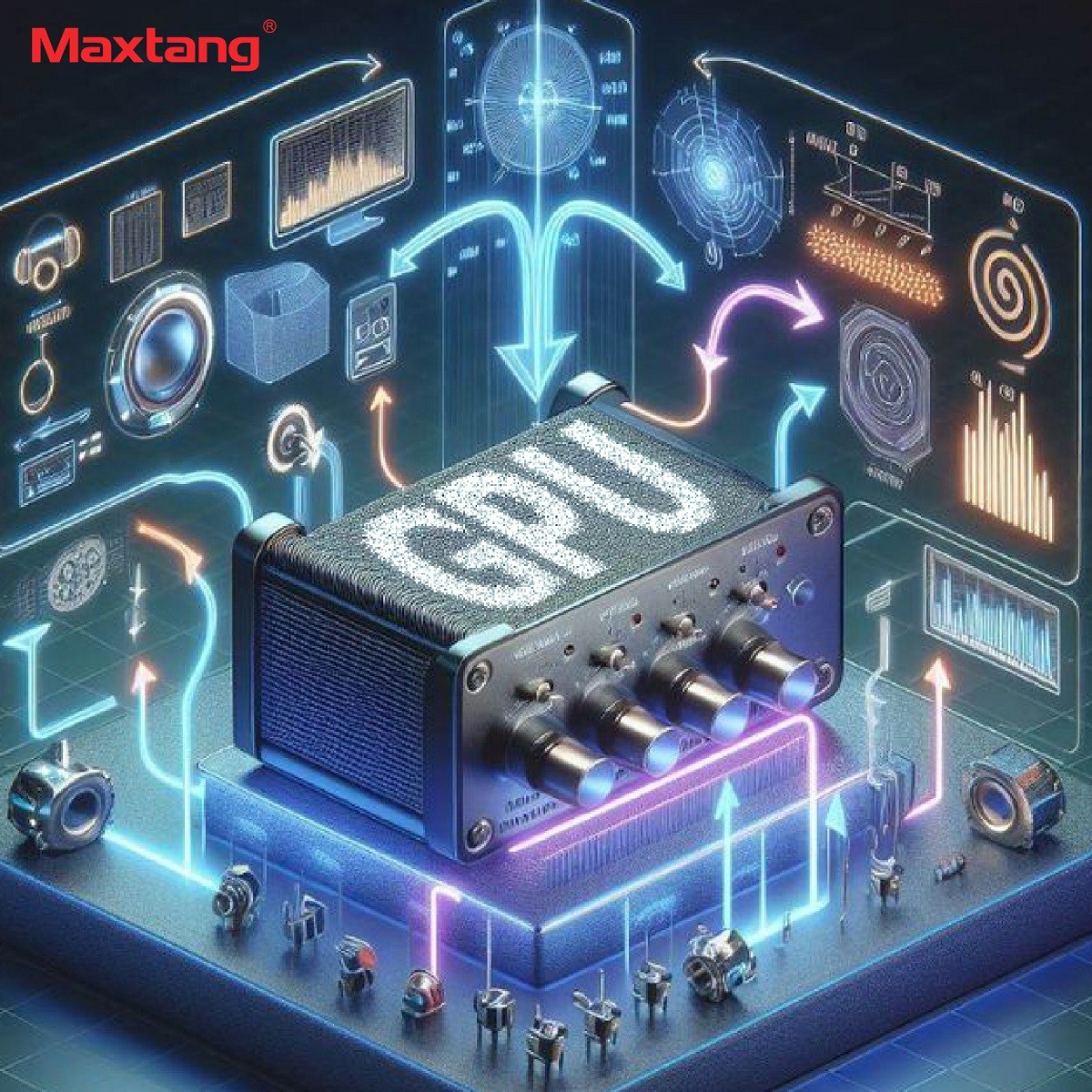
Differences Between GPU and CPU:
1.Cache:
CPUs have a significant amount of cache structures, with mainstream CPU chips having up to four levels of cache. These cache structures consume a large number of transistors and require a substantial amount of power during operation.
GPUs have a simpler cache structure, with mainstream GPU chips typically having up to two levels of cache. Additionally, GPUs can utilize space and power on the transistors to create ALU units, making them more efficient than CPUs.
2.Response Mode:
● CPUs require real-time response and high-speed processing for single tasks, necessitating multiple levels of cache to ensure speed.
● GPUs organize tasks in batches and prioritize throughput over real-time response, resulting in relatively lower cache requirements.
3.Floating-Point Operation:
● CPUs handle a variety of tasks beyond floating-point integer operations, such as multimedia decoding and hardware decoding, making them versatile. CPUs emphasize single-threaded performance and uninterrupted instruction flow, which requires more transistors and power consumption for control parts, reducing the power allocated for floating-point calculations.
● GPUs primarily focus on floating-point operations, have a simpler design structure, and can perform these operations faster. GPUs prioritize throughput, driving more calculations with a single instruction and consuming less power on control parts compared to CPUs.
4.Application Direction:
● CPUs excel in applications like operating systems that require fast real-time response, latency optimization, and features like branch prediction, out-of-order execution, and low-latency caching. This requires a significant number of transistors and power consumption for control parts.
● GPUs are suitable for highly predictable and computationally intensive tasks with a high volume of similar operations, high latency, and high throughput architecture.
Here's an overview of the chip:
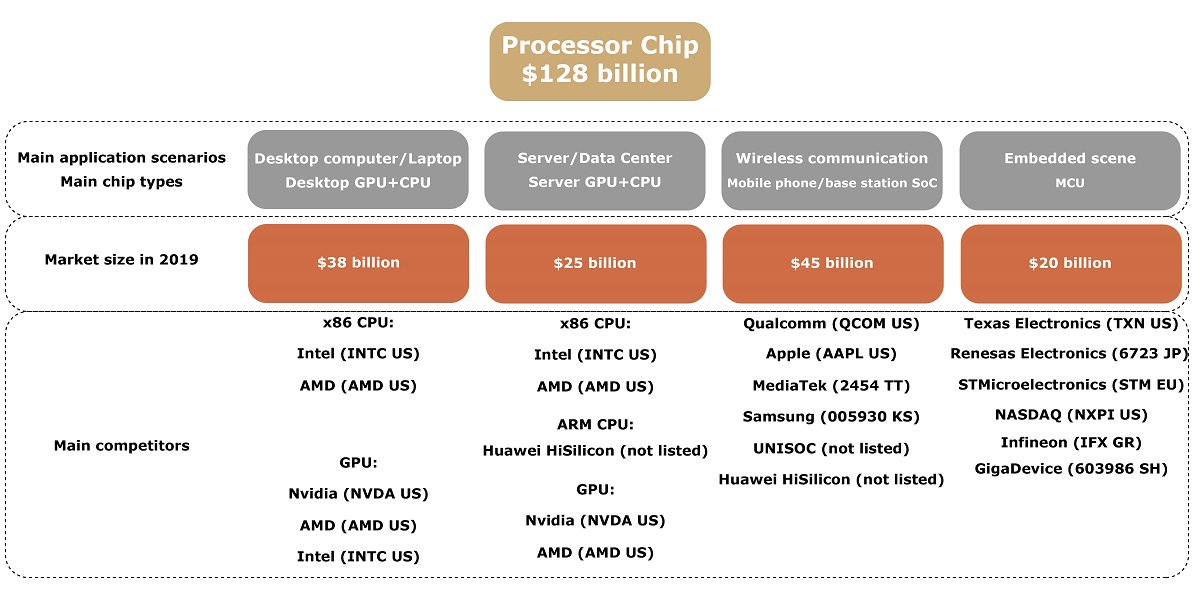
-
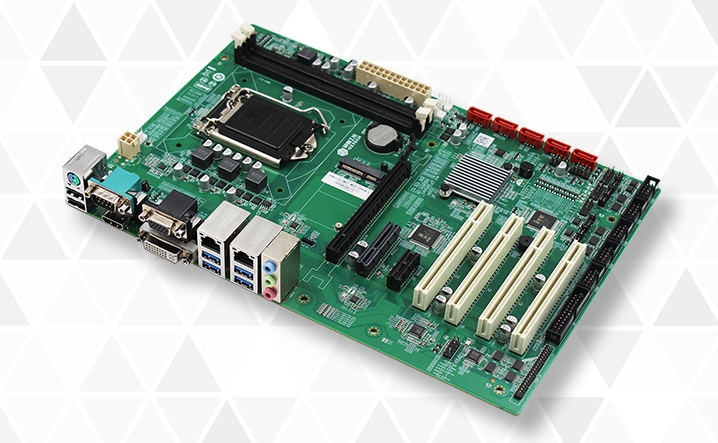 Best ATX Motherboard Manufacturers in 20242024-06-24Discover the world of ATX motherboards with our comprehensive guide Learn about their history, variations like microATX and EATX, and how to choose the right one for your needs Whether you re a gamer, PC enthusiast, or involved in industrial applicatio
Best ATX Motherboard Manufacturers in 20242024-06-24Discover the world of ATX motherboards with our comprehensive guide Learn about their history, variations like microATX and EATX, and how to choose the right one for your needs Whether you re a gamer, PC enthusiast, or involved in industrial applicatio -
Understanding USB Type-C, USB 3.1, USB 3.2, USB4, and USB4 V22024-06-24Explore the evolution of USB technology from USB Type-C to USB4 V2 in our comprehensive blog Understand USB 3 1, USB 3 2, and USB4, including their features, data transfer speeds, power delivery capabilities, and compatibility Learn how these advancemen
-
 Maxtang at COMPUTEX Taipei 20242024-05-30Join Maxtang Computer at COMPUTEX Taipei 2024, the premier tech event in Taiwan! Discover the latest in IT and electronic products from June 4-7 at Nangang TaiNEX 2 Relive the excitement of COMPUTEX 2023 and get ready for another year of groundbreaking i
Maxtang at COMPUTEX Taipei 20242024-05-30Join Maxtang Computer at COMPUTEX Taipei 2024, the premier tech event in Taiwan! Discover the latest in IT and electronic products from June 4-7 at Nangang TaiNEX 2 Relive the excitement of COMPUTEX 2023 and get ready for another year of groundbreaking i

